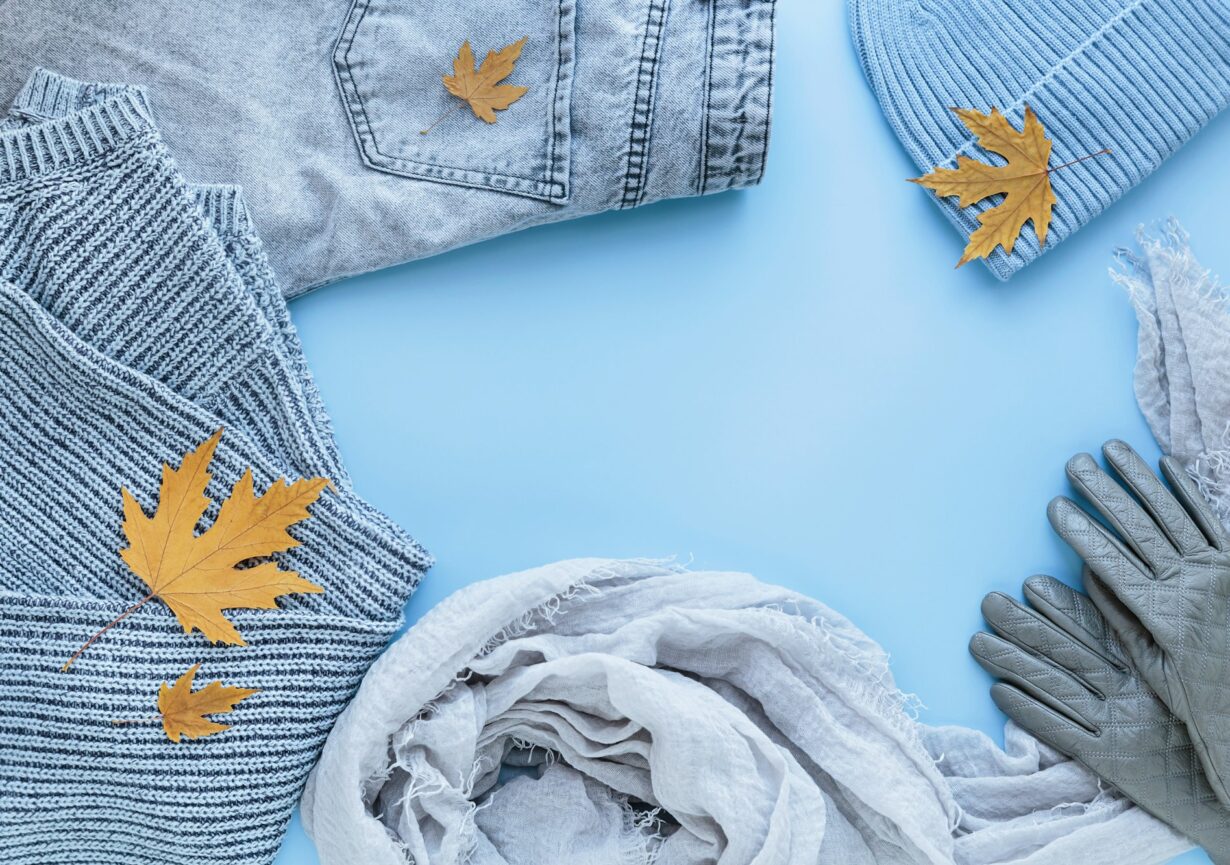Building an eco-friendly wardrobe is not just a trend; it’s a necessity in today’s world where climate change and environmental degradation are pressing issues. Embracing sustainable fashion means making conscious choices that benefit both the planet and our personal style. This article will guide you through understanding sustainable fashion, key strategies for creating an eco-friendly wardrobe, and the importance of supporting sustainable brands.
1. Understanding Sustainable Fashion
Sustainable fashion refers to the design, manufacturing, and consumption of clothing in ways that minimize environmental impact. This concept is rooted in the idea of sustainability, which emphasizes the responsible use of resources to meet current needs without compromising future generations’ ability to meet theirs. The fashion industry is one of the largest polluters in the world, contributing to water pollution, greenhouse gas emissions, and massive waste generation.
A significant portion of the environmental impact of fashion arises from the production processes of fabrics, dyeing, and finishing. Traditional practices often involve toxic chemicals, excessive water usage, and energy-intensive methods that deplete natural resources. By choosing sustainable alternatives, we can reduce this impact and promote ethical practices within the industry.
Key Elements of Sustainable Fashion
- Material Choices: Sustainable fashion prioritizes materials that are organic, recycled, or otherwise have a lower environmental impact. Fabrics like organic cotton, Tencel, hemp, and recycled polyester are more eco-friendly options.
- Ethical Production: This includes fair labor practices, safe working conditions, and equitable wages for workers in the fashion supply chain. Supporting brands that adhere to ethical standards ensures that workers are treated fairly.
- Longevity: Sustainable fashion encourages the creation of durable, timeless pieces that resist the fast-fashion cycle. Investing in high-quality items reduces the frequency of replacements and minimizes waste.
- Circular Economy: This concept promotes recycling and upcycling, ensuring that clothing is repurposed instead of ending up in landfills.
2. Assessing Your Current Wardrobe
Before diving into building an eco-friendly wardrobe, take a moment to assess your current clothing collection. This process not only helps you understand what you have but also identifies areas for improvement.
Steps for Assessment:
- Declutter: Begin by going through your wardrobe and removing items you no longer wear or need. Consider donating or recycling these pieces. This not only clears space but also promotes a circular economy.
- Evaluate Quality vs. Quantity: Examine the quality of the remaining items. Are they durable and well-made, or are they fast-fashion pieces that may fall apart after a few washes? Keeping only quality items encourages longevity.
- Identify Gaps: After decluttering, assess what you need to fill the gaps in your wardrobe. Consider versatile pieces that can be mixed and matched to create various outfits.
By understanding your current wardrobe, you can make more informed choices moving forward.
3. Choosing Sustainable Fabrics
One of the most crucial steps in building an eco-friendly wardrobe is choosing the right fabrics. Here are some sustainable options to consider:
Organic Cotton
Organic cotton is grown without synthetic pesticides or fertilizers, making it a more environmentally friendly choice. It promotes healthier soil and reduces water usage compared to conventional cotton.
Tencel (Lyocell)
Tencel is a biodegradable fabric made from sustainably sourced wood pulp. Its production process uses closed-loop systems that recycle water and solvents, minimizing waste.
Hemp
Hemp is a highly sustainable crop that grows quickly and requires little water. The fabric is durable, breathable, and has natural antibacterial properties, making it a fantastic choice for clothing.
Recycled Polyester
Made from recycled plastic bottles and other plastic waste, recycled polyester helps reduce landfill waste and the demand for new raw materials. It retains the durability and functionality of traditional polyester.
Linen
Linen is derived from the flax plant, which requires less water and pesticides than cotton. It is biodegradable and becomes softer with each wash, enhancing its comfort over time.
4. Supporting Sustainable Brands
Choosing to shop from brands that prioritize sustainability can make a significant difference. Here’s how to identify and support these brands:
Research and Transparency
Look for brands that are transparent about their sourcing, manufacturing processes, and labor practices. Sustainable brands often share their commitment to ethical production and environmental stewardship.
Certifications
Familiarize yourself with certifications that indicate sustainability, such as GOTS (Global Organic Textile Standard), Fair Trade, and OEKO-TEX. These certifications help ensure that the brand adheres to specific environmental and ethical standards.
Local and Small Businesses
Supporting local artisans and small businesses reduces the carbon footprint associated with shipping and distribution. These brands often produce unique, high-quality items that tell a story.
Second-Hand Shopping
Thrifting and shopping at vintage stores are excellent ways to build an eco-friendly wardrobe. By giving pre-owned clothes a second life, you reduce demand for new production and contribute to a circular economy.
5. Embracing Minimalism
Minimalism is a lifestyle choice that aligns well with sustainable fashion. By adopting a minimalist mindset, you can focus on quality over quantity, reducing clutter and encouraging thoughtful consumption.
Benefits of Minimalism in Fashion
- Simplified Choices: A minimalist wardrobe simplifies daily outfit choices, reducing decision fatigue and enhancing your personal style.
- Reduced Waste: By purchasing fewer items, you minimize waste and the environmental impact of clothing production.
- Timeless Style: Minimalism promotes classic styles that transcend trends, ensuring that your wardrobe remains relevant and functional for years to come.
Creating a Capsule Wardrobe
A capsule wardrobe consists of a limited number of versatile pieces that can be mixed and matched. Here’s how to create one:
- Choose a Color Palette: Select a cohesive color scheme that allows for easy pairing of items.
- Invest in Basics: Focus on quality basics, such as a well-fitting pair of jeans, classic shirts, and versatile dresses.
- Add Statement Pieces: Incorporate a few standout items that showcase your personal style while remaining functional.
Conclusion
Building an eco-friendly wardrobe is an empowering journey that contributes positively to the environment and society. By understanding sustainable fashion, assessing your current wardrobe, choosing the right fabrics, supporting ethical brands, and embracing minimalism, you can create a wardrobe that reflects your values. Sustainable fashion is not just about looking good; it’s about feeling good knowing that your choices make a difference. As consumers, we hold the power to influence the fashion industry, promoting practices that benefit our planet and future generations. By making mindful choices today, we can pave the way for a more sustainable and stylish tomorrow.


